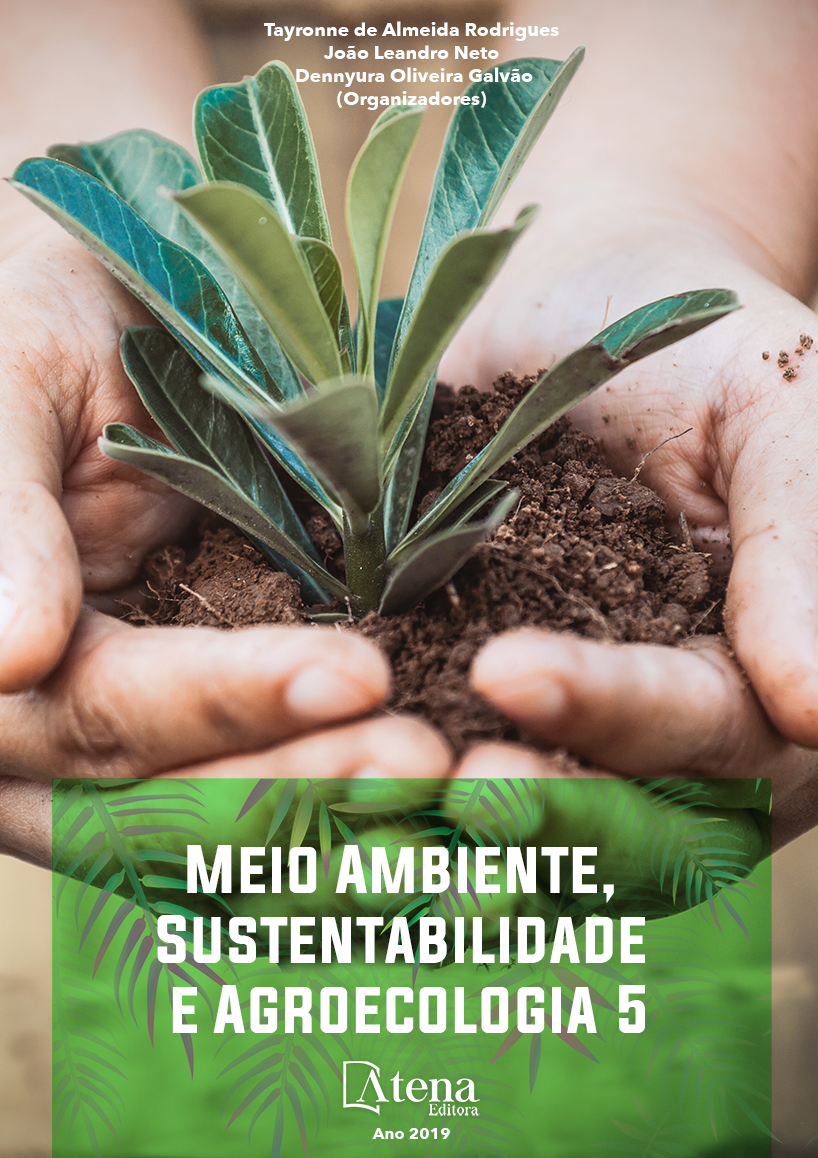
COMPOSIÇÃO DE NINHOS DE FORMIGA QUENQUEN-DE-ÁRVORE EM FRAGMENTOS DE BOSQUES
As formigas cortadeiras de folhas,
além dos mecanismos de defesa morfológica
e fisiológica, para protegerem-se dos inimigos
naturais e dos fatores ambientais desfavoráveis
à sua sobrevivência, apresentam grande
especialização na construção dos seus ninhos.
Com objetivo de conhecer a arquitetura de
ninhos de Acromyrmex coronatus foram
escolhidos sete ninhos em arvores de grande
porte. Os ninhos receberam inseticida para
facilitar sua retirada, e em laboratório foram
cuidadosamente examinados, para a coleta de
medidas da palha, fungo e triagem da população.
Os ninhos arbóreos caracterizaram-se por uma
densa camada de palha que protege uma única
câmara com fungo e que serve para abrigo das
castas
COMPOSIÇÃO DE NINHOS DE FORMIGA QUENQUEN-DE-ÁRVORE EM FRAGMENTOS DE BOSQUES
-
DOI: 10.22533/at.ed.31619160414
-
Palavras-chave: habitat; colônias; Acromyrmex coronatus; Attini
-
Keywords: habitat; colonies; Acromyrmex coronatus; Attini
-
Abstract:
Leaf-cutting ants, in addition
to morphological and physiological defense
mechanisms, to protect themselves against
natural enemies and environmental factors
unfavorable to their survival, present great
specialization in the construction of their nests.
In order to know the nest architecture of the
Acromyrmex coronatus three nests were
chosen in large trees. The nests were given
insecticide to facilitate their removal, and in
the laboratory were carefully examined for the
collection of measures of straw, fungus and
population screening. The arboreal nests were
characterized by a dense layer of straw that
protected a single chamber with fungus and that
serves for shelter of the breeds
-
Número de páginas: 15
- Jael Simões Santos Rando
- Simone dos Santos Matsuyama
- Larissa Máira Fernandes Pujoni


